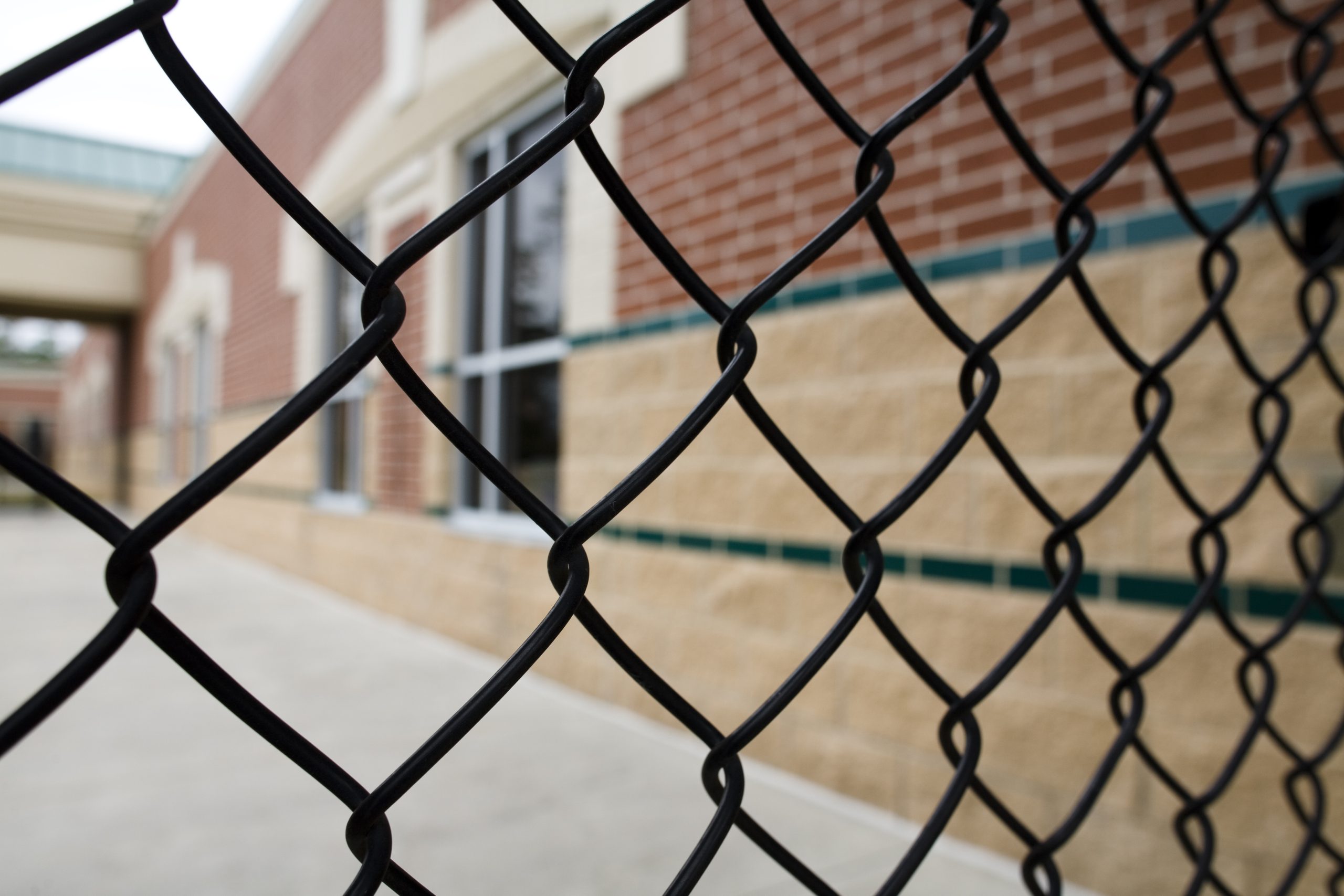Internet Safety Labs’ (ISL) 2022 K-12 EdTech Benchmark Findings Report analyzes app and website safety and school technology practices in American K-12 schools through the lenses of grade level, school location, school income level, school size and racial makeup.
Released in February, the nonprofit technology product safety organization found that:
- Ninety percent of school websites have trackers and 20 percent have advertisements with public schools being almost twice as likely as their private school counterparts to have digital ads on their websites. A third of schools where Black students are racial majority displayed ads.
- Disparities exist in technology support (in terms of vetting technology and providing devices to students) for the lowest income schools and schools where American Indian/Alaska Native students are the primary student group.
- The vetting of technology in schools likely has a positive impact on the percentage of apps with ads and behavioral ads in school portfolios, but more causal analysis is needed.
The report breaks down recommendations for local educational agency leaders by category including app safety, website safety and school technology practices. Highlights include:
- All schools having a minimum of one full-time software procurement specialist to set and employ vetting and oversight measures and vendor management.
- Not having more technology than a school can reasonably manage and monitor.
- Providing more support for low-income schools and those serving American Indian/Alaska Native students, as they run the greatest risk of experiencing an edtech-related digital divide.
- Removing digital ads on school websites, particularly for public schools, and removing ad trackers.
- Publishing a comprehensive technology list to effectively record vendors and software being used and inform families on what technology is required or recommended for students.
- Vetting all technologies recommended and required for students.
While ISL noted it has no strong opinion on if schools should allow opt-in consent for technology use on a more regular basis and no mandate exists, “In an ideal world, students and parents should have a choice, and ISL encourages schools to endeavor to allow this where possible. ISL recognizes that for some core technologies like student information systems, opting out creates difficulties for teachers and school administrators,” according to the report.
As most schools provide students with devices post-pandemic, the organization explained that surveillance is the most prevalent concern.
“Given the seeming immaturity of software vendor management by schools, ISL is concerned that providing devices preloaded with lots of technology may be risky for student privacy and safety. In particular, website surveillance tools like Securly, which is used by many schools in the U.S., require additional research,” the report concludes.





